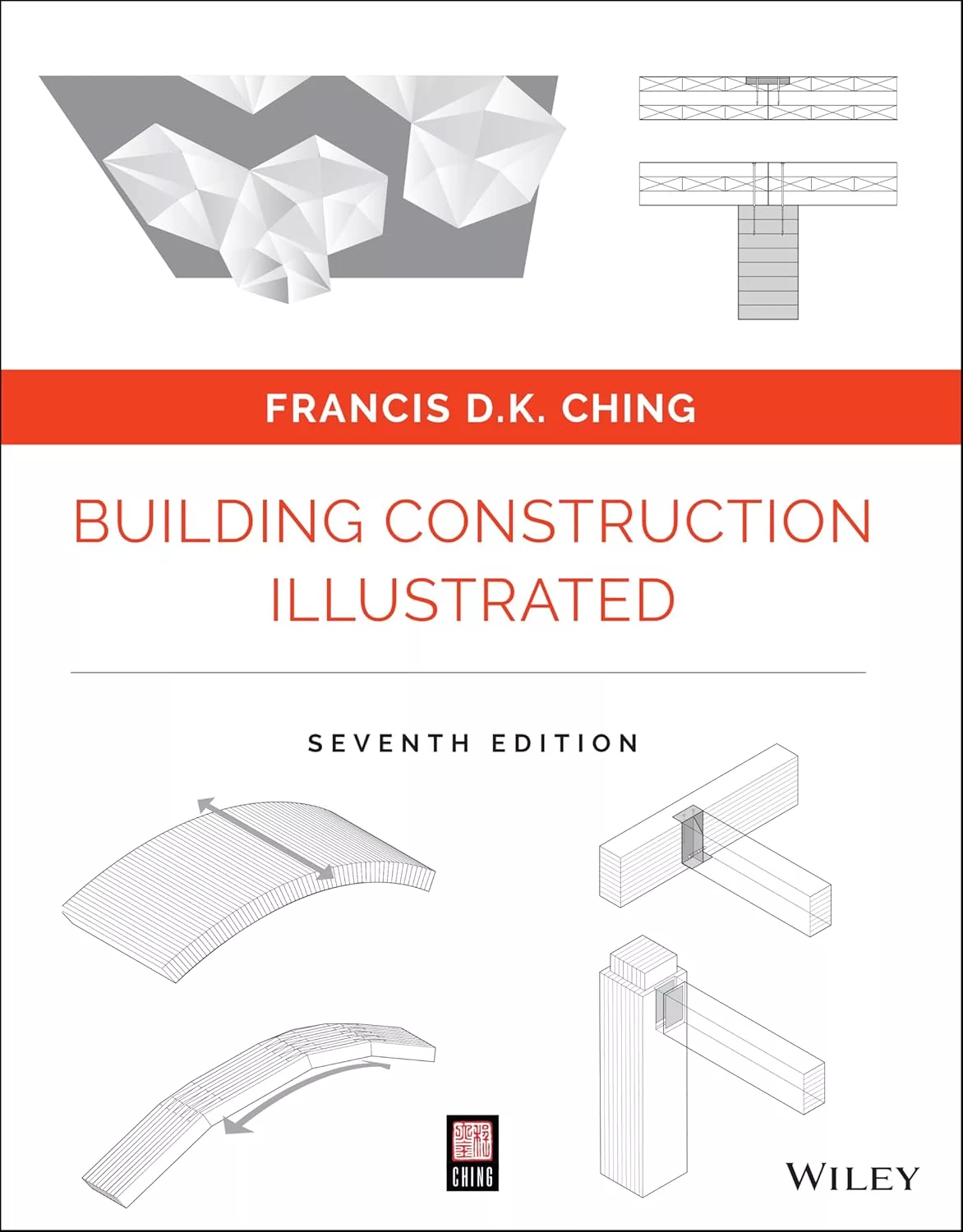Sustainable – Recyclable – Resilient
Just More Buzzwords or the Future of Roofing?

This month, Roofing Contractor explores the green and earth-friendly side of roofing. We have been following these trends for years, but sometimes it feels like hiking uphill on a path paved with molasses. It seems like roofing would have moved farther along by now. After all, the roof is a vital component of a sustainable, recyclable, and resilient building system.
However, with the exception of low-slope roofs piled high with insulation and white membrane roofing, the rest of roofing’s best earth-friendly systems still fall into the category of “niche.”
Alas, the axiom notable in the Watergate era still rings true: “Follow the money.” Roofing systems that make a real difference on a building as it relates to carbon footprint, sustainability, and even life-cycle cost, are just too darn expensive for most owners to invest in. I mean no disrespect to insulation and reflective membrane roofing, but there are better options if you can lead your customers to look beyond the near future.
I do not see it right away, and perhaps not even in my lifetime, but there is a tipping point ahead. And while it seems like it’s taking forever (we have been reporting on this topic since the 1980s), there are signs of life from sectors of roofing that are worthy of note. And if you’re a roofing contractor not engaged in offering sustainable solutions to your customers, you may want to begin paying more attention.
Solar roofing is creating more buzz (pun intended) in recent years. And, happily, it’s not all coming by way of government mandate or rebate. Yes, incentives from electric companies and governmental agencies are still needed to make the math work for much of solar, but the costs are coming down and the technology continues to advance. Watch out for steep-slope roofing systems doubling as solar collection systems. Not ready for prime time but moving forward at a pace like never before.
Metal roofing continues to grow, especially in the residential retrofit market. Metal is, after all, sustainable with a cradle-to-cradle earth-friendly résumé. While the motivation to install metal is often more about aesthetics or the ability to withstand wind and hail, owners looking to lower their building’s carbon footprint and energy bill may appreciate knowing this is an option.
Daylighting continues to grow as a way to save energy and enhance lighting in the interior spaces. If you take the time to study what’s on the market you will see that the technology has improved greatly over the past few decades — in many cases, much longer lasting and not as costly as they used to be, relatively speaking.
My personal favorite, perhaps the least loved of all sustainable options, is the garden roof. Is that the right term? Green. Garden. Extensive. Intensive. Maybe there’s a branding crisis? I do not think this is what’s holding garden roofing back. It’s the cost. I feel like that’s a red herring, because in the fullness of time it is the best option for a low to moderate sloped roof as it relates to cost, energy consumption, groundwater mitigation, carbon footprint, and air quality.
Think about it. When we disturb the soil, what could possibly be better for the earth than returning it to its original state at the conclusion of construction? As if nothing happened. Can you get a better protection for a membrane than covering it and letting it live its life in the dark with no exposure to the sun or the impacts of freeze/thaw? Not to mention the thermal shock that occurs when cold rain hits the membrane on a sunny day. Is there a better insulation than earth?
It’s not if, but when these systems will take over. The “why” to get engaged with these systems is mainly to not be left at the station when the train finally pulls away. The “how” is not so easy, but relatively simple. Begin speaking with your customers about these systems to gauge their interest. Some may want to do a test job (which would be a perfect start for a contractor who has never installed it). Some may consciously continue to ignore the opportunity. And others may surprise you by going all-in.
As to the basic business principal for roofing contractors: you will never get the job you do not either ask for or submit a bid for. Also, if you start submitting a garden roof as an alternative system, the worst thing that will happen is they opt for the lower-cost solution and you install the job anyway. The potential is that you will win a larger contract with a better margin of profit. Not to mention saving the planet.
Looking for a reprint of this article?
From high-res PDFs to custom plaques, order your copy today!








